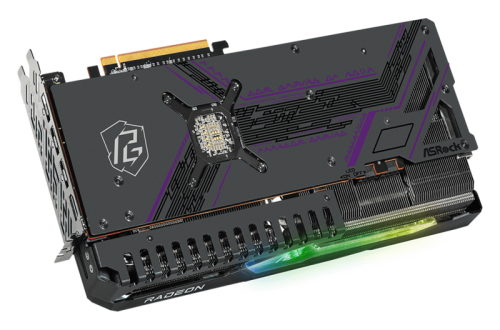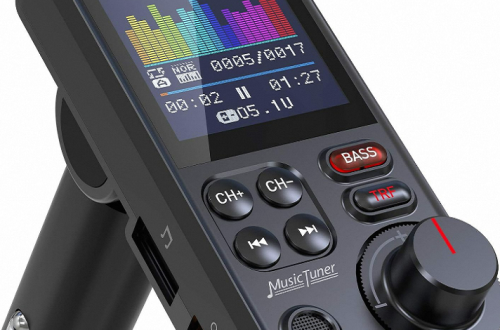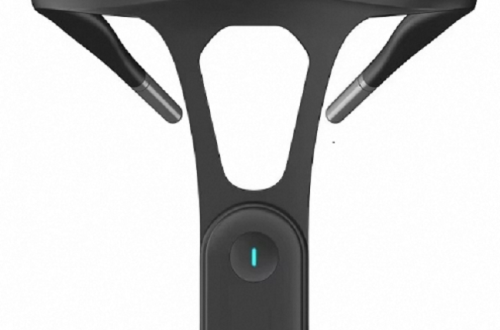Part 1: Introduction to Mirror Front Cameras
Mirror front cameras are a revolutionary technology that has been gaining popularity in recent years. These cameras are designed to provide drivers with a clear view of what is happening in front of their vehicle, eliminating blind spots and enhancing overall safety on the road. In this article, we will delve into the features and functions of mirror front cameras to help you understand how they work and why they are a valuable addition to any vehicle.

Point 1: Wide-Angle Lens
Mirror front cameras are equipped with a wide-angle lens, a key feature that sets them apart from traditional rearview mirrors. This lens provides an extended field of view, allowing drivers to see a wider perspective of the road ahead. Unlike regular mirrors, which may have limited visibility, mirror front cameras eliminate blind spots and provide a clear and comprehensive view of the surroundings.
This wide-angle lens is particularly beneficial when maneuvering in tight spaces or parking. It enables drivers to have a better understanding of their surroundings and gauge distances accurately. Whether it’s parallel parking on a crowded street or navigating through a congested parking lot, mirror front cameras ensure that drivers have a comprehensive view of their surroundings, minimizing the risk of collisions and accidents. By eliminating blind spots and offering an extended field of view, mirror front cameras enhance safety and provide drivers with the confidence they need to navigate challenging situations with ease.
Point 2: High-Resolution Display
Mirror front cameras feature a high-resolution display that offers a clear and detailed view of the road. Positioned on the rearview mirror, the display acts as a reflection of the camera feed, allowing drivers to effortlessly monitor the road without shifting their attention away from the front windshield.

The high-resolution display ensures that even the smallest details are visible, enhancing overall situational awareness for the driver. Whether it’s detecting potential hazards, identifying road signs, or observing the behavior of other vehicles, the clear and detailed view provided by the display ensures that no crucial information is missed.
This increased visibility promotes safer driving by enabling drivers to make well-informed decisions based on a complete understanding of their surroundings. From spotting pedestrians crossing the road to noticing subtle changes in traffic patterns, the high-resolution display of mirror front cameras enhances overall road awareness, reducing the risk of accidents and improving overall driving confidence.
Part 2: Advanced Safety Features
Mirror front cameras go beyond simply providing a clear view of the road. They are equipped with advanced safety features that further enhance driver awareness and prevent accidents. Let’s explore two significant safety features offered by mirror front cameras.
Point 1: Lane Departure Warning
One of the most common causes of accidents is unintentional lane departure. Mirror front cameras come with a built-in lane departure warning system that alerts drivers when they unintentionally drift out of their lane. The camera uses advanced algorithms to detect lane markings and compares the vehicle’s position to these markings. If the vehicle deviates from its lane without signaling, the camera triggers an audible and visual warning, prompting the driver to correct their course.

Point 2: Forward Collision Warning
Another crucial safety feature of mirror front cameras is the forward collision warning system. Using sensors and advanced image recognition technology, the camera continuously monitors the distance between the vehicle and the one in front. If the camera detects an imminent collision, it alerts the driver through visual and audible warnings, giving them precious seconds to react and prevent a potential accident. This feature is particularly valuable in situations where the vehicle ahead suddenly slows down or stops, providing an extra layer of protection and promoting safer driving habits.
Part 3: Integration with Advanced Driver Assistance Systems (ADAS)
Mirror front cameras can be seamlessly integrated with Advanced Driver Assistance Systems (ADAS), further enhancing the safety and convenience of the driving experience. Let’s explore two key benefits of this integration.
Point 1: Adaptive Cruise Control
Mirror front cameras, when seamlessly integrated with Advanced Driver Assistance Systems (ADAS), offer the added benefit of adaptive cruise control. This advanced system utilizes the data from the camera to maintain a safe distance from the vehicle ahead. It continuously monitors the traffic flow and automatically adjusts the vehicle’s speed accordingly. If the camera detects that the vehicle ahead is decelerating or coming to a stop, the adaptive cruise control system applies the brakes as needed.

The integration of mirror front cameras with adaptive cruise control brings multiple advantages to drivers. Firstly, it reduces driver fatigue during long journeys. By automatically adjusting the vehicle’s speed and maintaining a safe distance, drivers can relax and focus on the road without constantly adjusting their speed or braking.
Secondly, this technology improves fuel efficiency. By optimizing the speed control, adaptive cruise control ensures that the vehicle operates at an optimal pace, minimizing unnecessary acceleration and braking. This results in improved fuel economy and reduced emissions, making it an environmentally friendly feature.
Overall, the integration of mirror front cameras with adaptive cruise control enhances both driver comfort and fuel efficiency, making it a desirable addition to any vehicle equipped with ADAS.
Point 2: Traffic Sign Recognition
Mirror front cameras, when integrated with ADAS, can also recognize and interpret traffic signs. Using advanced image recognition algorithms, the camera identifies various signs such as speed limits, stop signs, and no-entry signs. It then displays these signs on the high-resolution display, alerting the driver to road rules and regulations. Drivers find this feature particularly helpful when navigating unfamiliar areas or traveling in foreign countries with different road signs.

Part 4: Installation and Compatibility
Installing a mirror front camera is a relatively straightforward process that can be done by either a professional or a skilled DIY enthusiast. Typically, the camera attaches to the rearview mirror, either replacing the traditional mirror or integrating with it. It is essential to ensure compatibility with your vehicle’s electrical system and consider factors such as power consumption and wiring requirements during installation.
Mirror front cameras are compatible with a wide range of vehicles, including sedans, SUVs, and trucks. However, it is advisable to verify the camera’s specifications and compatibility list to ensure seamless integration with your vehicle’s make and model.
Conclusion
Mirror front cameras are a game-changer in the automotive industry, offering a clear and comprehensive view of the road ahead. The wide-angle lens and high-resolution display provide drivers with enhanced situational awareness, while advanced safety features and integration with ADAS further promote safer driving habits. Whether you are a frequent traveler, a city driver, or simply looking to enhance your vehicle’s safety, mirror front cameras are a valuable addition. So, consider investing in this technology and enjoy a safer and more convenient driving experience.


